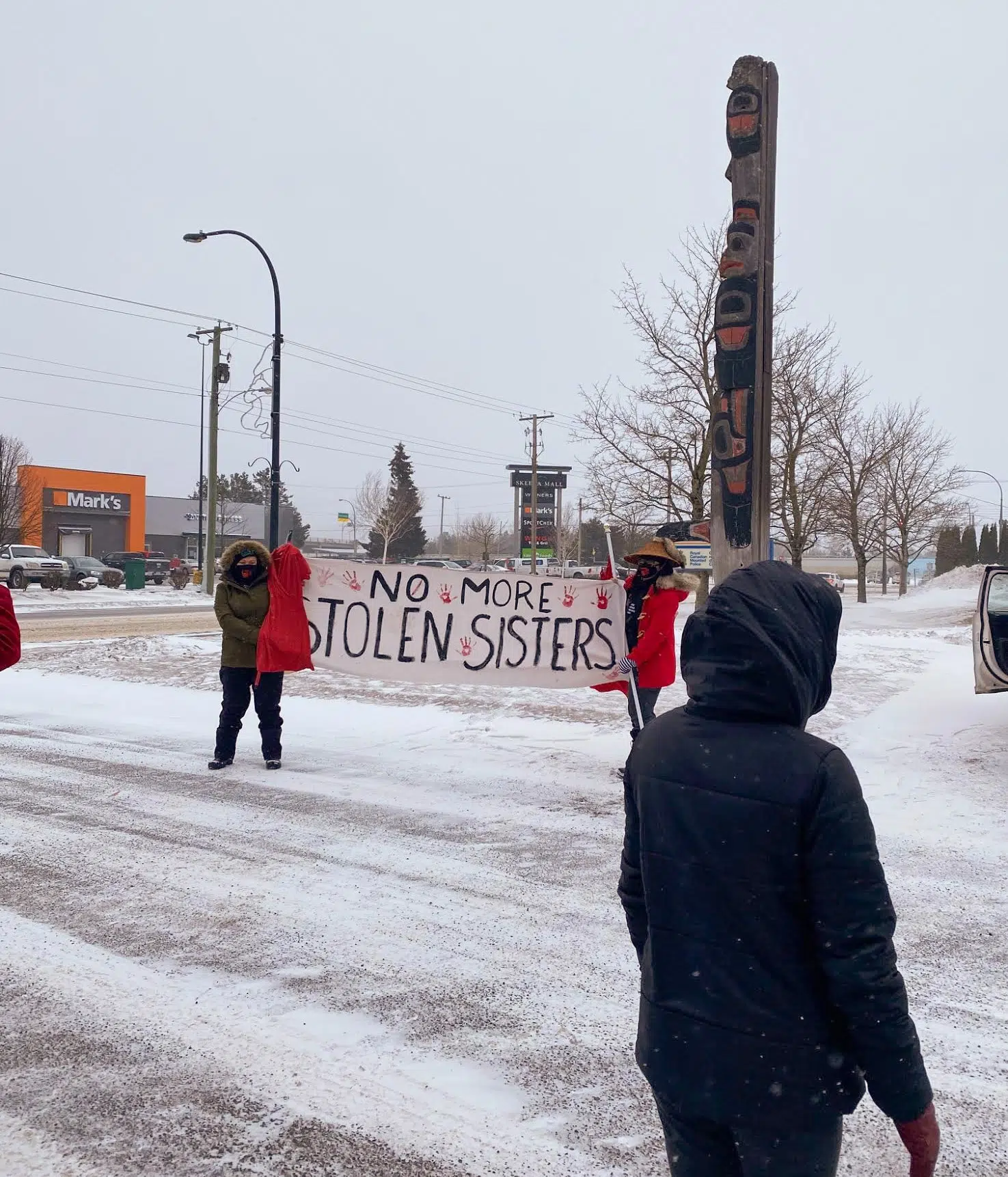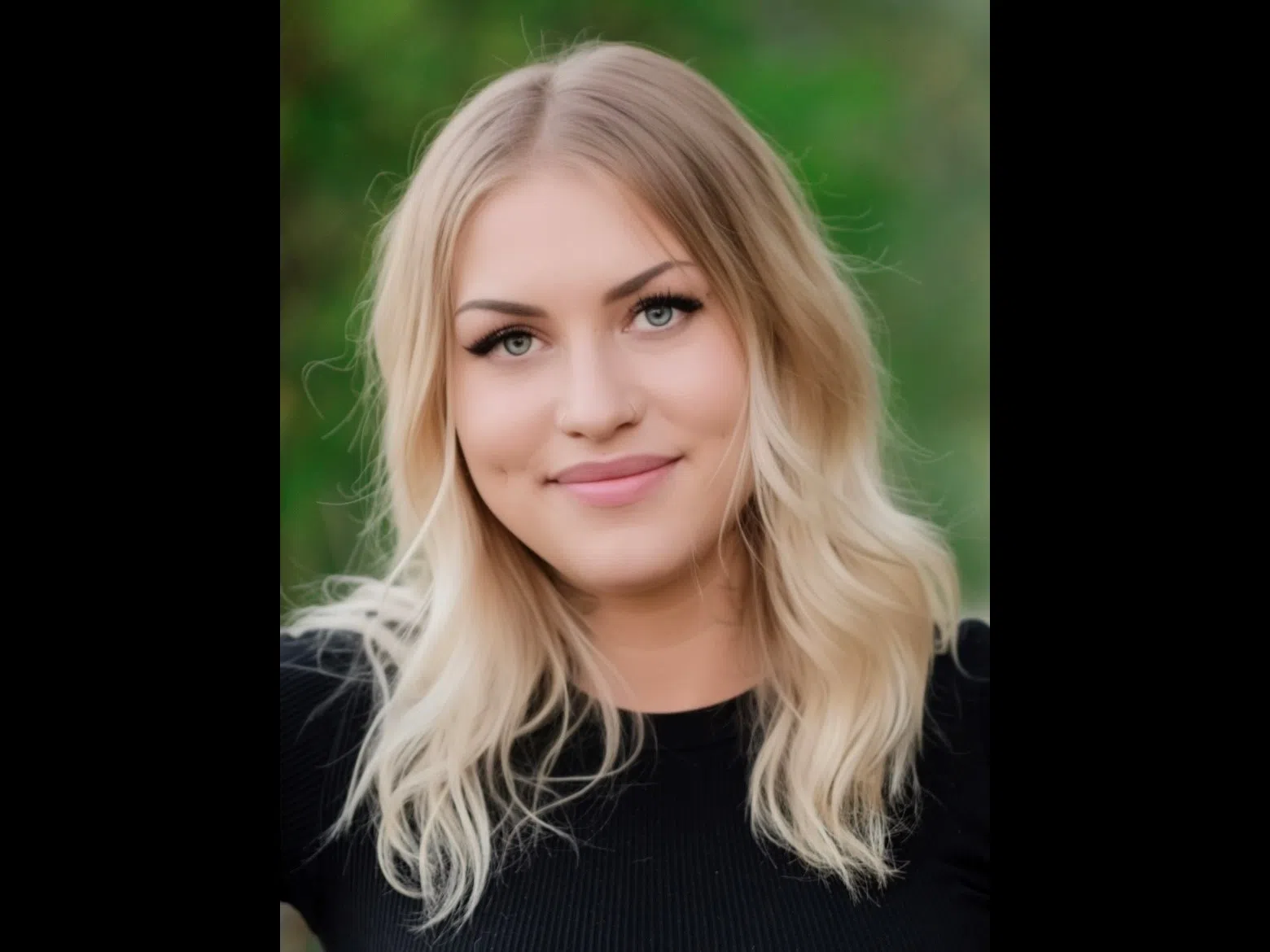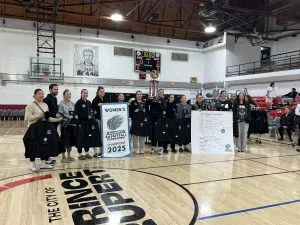
Walk for MMIWG in Terrace, Feb. 14th, 2021.
Complete cellular coverage is finally coming to Highway 16, also known as the Highway of Tears.
The announcement was made this morning, just over 15 years after the Highway of Tears Symposium ended in Prince George. One of the 33 recommendations from the symposium was to have cellular coverage along the highway as a safety measure.
The provincial and federal governments are providing $11.6-million for the entire project. Rogers will get $4.5-million of that funding. The project will include twelve new towers that will provide 252-kilometres of coverage that will close the remaining gaps, and boost signal strength. The Boulder Creek, Basalt Creek, and Saunderson Point rest areas will also get cellular coverage.
Jennifer Rice, MLA for North Coast, said the funding from the province’s Economic Recovery Fund.
For Barbara Ward-Burkitt, the executive director of the Prince George Native Friendship Centre, the announcement comes at a critical moment.
“This extended cell phone coverage is so critical at this time as the past year has been especially hard for everyone, but for some, it’s been a time of increased violence and fear,” she told CFNR News in a statement. “Since the COVID-19 pandemic, Indigenous women who are already vulnerable to isolation and partner abuse are experiencing added trauma, increasing levels of violence and abuse from their partners, and economic instability. Indigenous women and children experiencing violence need help now more than ever.”
She also notes gender-based violence is increasing at alarming rates, but especially so for Indigenous women and girls in northern British Columbia.
Rice said the province is working with the federal government to develop a national action plan, and part of that includes going through the MMWIG report, to see what more can be done.
Rice said the province will hold engagement sessions to develop a plan specifically for B.C., but has no details yet.
A statement from the province said having full cellular coverage is key to ensuring women, particularly Indigenous women and girls, are able to receive the services they need for their safety and security.
The project is scheduled to be completed next fall.









Comments